Peninsular India moved into the medieval epoch more or less uniformly from 6th century CE onwards. The millennium between 6th and 16th centuries witnessed tumultuous socio-cultural and politico-economic changes culminating with the downfall of the Vijayanagara Empire. On the political and cultural fronts, the period between 7th-14th centuries saw the emergence of regional kingdoms based on geographical and linguistic demarcations which provided the congenial atmosphere for the expansion of sectarian faiths and efflorescence of associated vernacular literature, art, sculpture and iconography. The Bhakti movement of 7th-12th centuries CE emphasized the individualistic relationship with a personal deity. It was in this movement that women and members of the sudra and untouchable communities were included and were offered a place of importance. In the vanguard of this movement were poet-saints who eschewed the Sanskrit language and rituals of Brahmin priests in favour of emotive devotional songs expressed in regional vernaculars. The Pasupata, Kapalika, Kalamukha, Sakta and Siddha/Natha traditions of the tantric branch made significant contributions to the efflorescence of arts and letters.
The present volume is a collection of 18 research papers on various dimensions of religion and society in peninsular India during 6th-17th centuries written by distinguished and well-known scholars in their respective areas of research. The first paper deals with the general issues of historical and archaeological research followed by one on the making of religious traditions in peninsular India. Six papers trace the religious developments in the Karnataka region, focusing on the growth of Vaishnavism, sacred geography in the songs of Purandaradasa, the cult of Kartikeya, iconography of Narasimha and Mahishasuramardani and temple induced urbanism of Hampi. Three papers focus on Jainism, Saivism and maritime history of Tamil Nadu. Three papers are on the Kerala
region dealing with topics like Vaishnava Bhakti, Saptamatrika cult and growth of Padmanabhaswamy and Guruvayur Krishna temples during 10th-16th centuries CE. One paper deals with the construction of social ranking in medieval Andhra Pradesh while three papers are on Sufism in the Deccan region.
The volume will serve as a standard reference work for the scholars and students of the history of peninsular India.

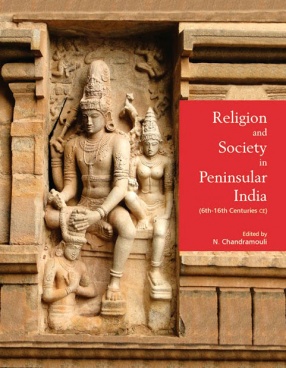

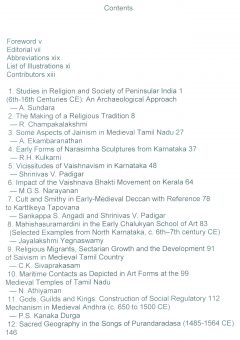
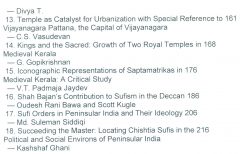
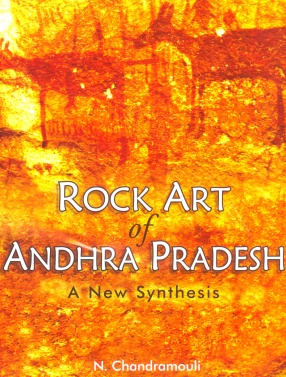
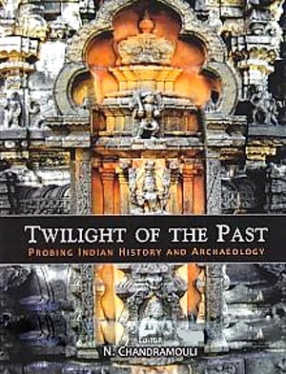

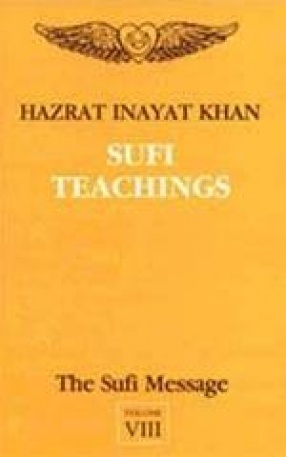
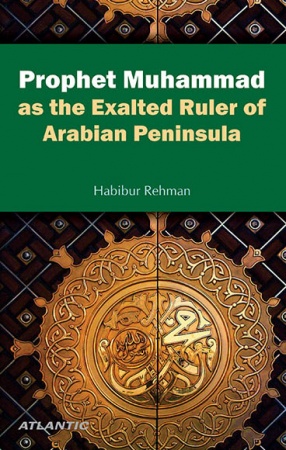

There are no reviews yet.